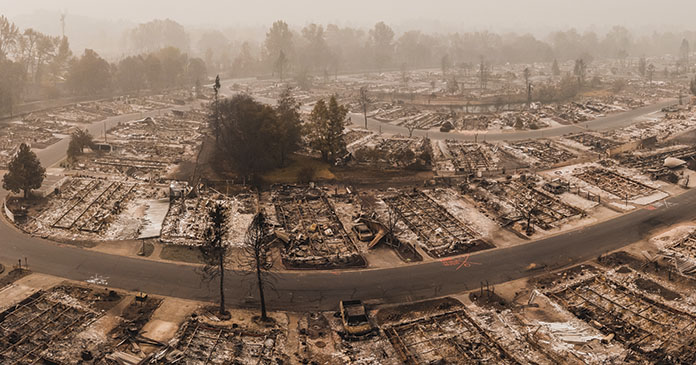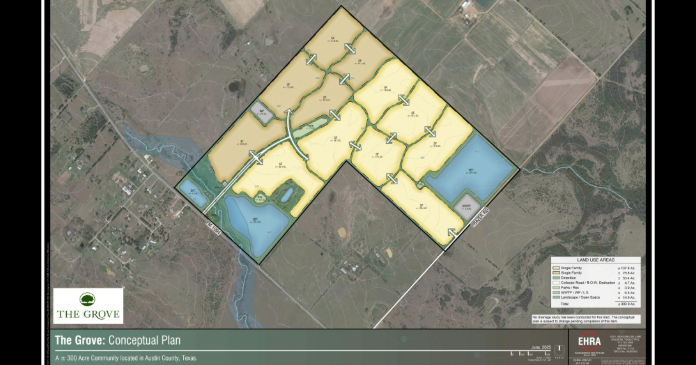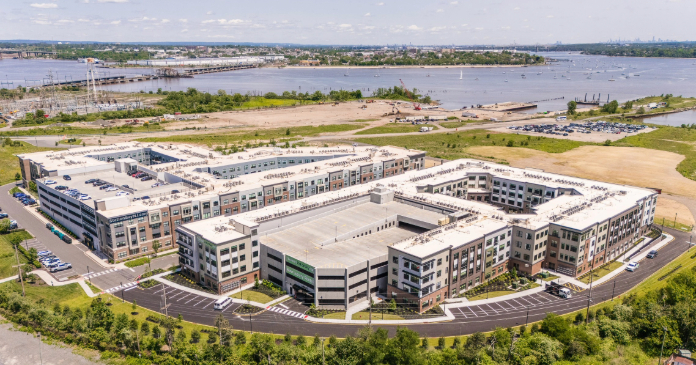
Last summer, my family spent days smelling smoke and seeing thick plumes from the wildfires that surrounded our piece of Arizona. At night, flames licked above the rim of Sycamore Canyon from the Rafael fire, which ultimately burned 78,000 acres. The vulnerability of the bone-dry West to lightning strikes and jackasses with matches is a fact of life with which residents learn to live. But while we’ve made our peace with clearing brush and packing go-bags with necessities in case we need to run, we expect the U.S. Forest Service to care for its properties and do its best to minimize incendiary dangers. Unfortunately, as a recent report reveals, environmental rules and lawsuits slow efforts to mitigate wildfire dangers, dragging them out for years and threatening communities neighboring federal lands.
My area has enjoyed a breather so far in 2022 courtesy of a series of monsoon storms. But Flagstaff, surrounded by highly flammable ponderosa pine forest, suffered before the rains came. The Pipeline fire that threatened the city was reportedly started by a homeless man burning toilet paper.
In July, the Idaho-based National Interagency Fire Center (NIFC), which coordinates anti-fire efforts among federal agencies, announced that acreage burned so far this year is about 220 percent above the 10-year average. The NIFC predicted more to come, largely because “most of the West, Plains, and Texas remain in drought, with areas of extreme to exceptional drought across the southwestern US.”
To a certain extent, this is inevitable. Fire is a normal part of the ecosystem of the West, and settling the area means accepting some risks. Suppressing fires can actually make things worse if fuel builds up, making fires more intense when they inevitably start.
“After severe fires, policymakers—driven by public pressure—funnel more funds into fire suppression for the next season,” MIT researchers noted in 2013. “While this may put people temporarily at ease, this attention to fire suppression may undermine prevention efforts. The result, counterintuitively, is even worse fires the following season, due to the buildup of fire-prone materials such as dried tinder and dead trees.”
Reducing danger requires thinning forests and allowing fuel to burn in controlled conditions. But while that’s the accepted approach to managing risk, it raises political concerns of its own that delays progress by years.
“Regulatory processes that increase the time between identifying and implementing treatments exacerbate wildfire risk and limit the flexibility of managers to use new information to quickly address emerging risk,” Eric Edwards and Sara Sutherland wrote in a report published in June by the Montana-based Property and Environment Research Center (PERC).
“In 2021, for example, several proposed treatment areas burned in large wildfires while facing delays from environmental review and litigation.”
Under the requirements of the National Environmental Policy Act (NEPA), the public and activist groups are able to formally object to proposed actions, such as forest thinning, through a process that moves at the usual molasses-like speed of bureaucracy. Once the NEPA process has been exhausted, interested parties can move their objections to court by filing lawsuits.
“Although most projects are not litigated, the depth of analysis and time spent on the NEPA process is commonly based on the threat of litigation, as well as the level of public and political interest and defensibility in court,” Edwards and Sutherland note.
That there’s any delay at all in mitigating wildfire danger is frustrating to those of us whose homes and communities have been threatened by fire. But the extent of such delays is mind-boggling.
“Once the Forest Service initiates the environmental review process, it takes an average of 3.6 years to begin a mechanical treatment and 4.7 years to begin a prescribed burn,” according to the PERC authors.
Opponents of fire-mitigation proposals often object that forest-thinning is a cover for logging schemes, no matter the evidence of real dangers posed by choked forests. If only we could clearcut the government regulations hampering efforts to effectively battle wildfires.
Source J.D. Tuccill, reason.com














